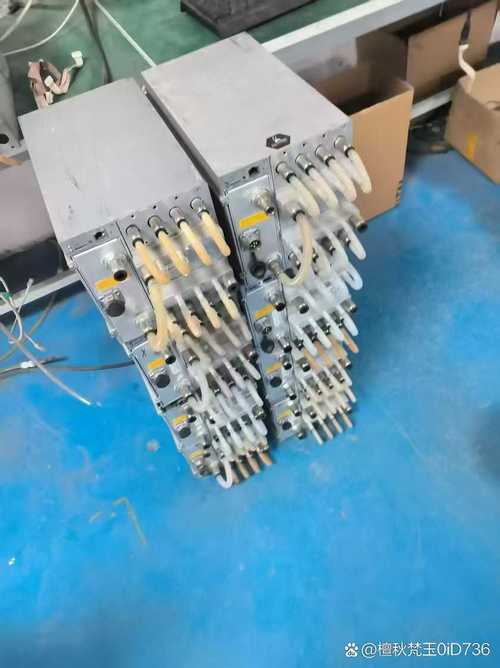Ever wondered why some Bitcoin miners seem to swim in profits while others barely break even? The answer is often hidden in the subtleties of **hosted Bitcoin mining**—a game-changer that’s reshaping how hashpower meets hardware. In 2025, the mining landscape doesn’t just reward brute-force computations anymore; it reveres efficiency and smart hosting strategies that push returns to their limit.
At its core, hosted Bitcoin mining means placing your mining rigs within specialized facilities, where environmental controls, power infrastructure, and networking are primed for stellar uptime and optimal performance. Think of it as outsourcing the grunt work of physical maintenance so you can focus on monitoring ROI and tweaking your hashing ventures.
Theory: Infrastructure and Energy as the True Mining Frontier
According to the latest 2025 report from the Cambridge Centre for Alternative Finance, energy costs and uptime consistency now constitute over 70% of mining profitability swings. The volatile costs of electricity alone can make or break a miner’s bottom line—sometimes faster than Bitcoin’s price gyrations.
Case in point: A mid-sized miner from Texas relocated their machines to a hosting farm in northern Scandinavia—a region boasting near-free hydroelectric power and year-round cool temps. This switch slashed their energy bills by more than 45%, **pushed their rig’s operational time close to 99.9%**, and consequently boosted their BTC haul by nearly 30% within three months.
Smart miners call this move the ‘green hash evolution’—a blend of cost-saving and sustainability that the market will increasingly reward as regulatory scrutiny sharpens.
Theory: Network Latency and Mining Pool Synergy
Beyond the raw power and juice lies another secret weapon—latency to mining pools. Sluggish coordination can cause stale shares, which are essentially wasted hashes, draining profits silently. Hosting facilities equipped with high-speed fiber connections near major node hubs translate to lightning-fast block validation and reduced orphaned blocks.
Yen Mining Co. put this to the test in early 2025, transferring their rigs from a DIY setup in suburban Japan to a co-location center just a few hops from leading pool infrastructures. Result? Their effective hash acceptance rate rose by 4%, enough to add thousands of dollars in monthly BTC gains—proof that milliseconds matter in the hash race.

Theory: Maintenance and Lifecycle Management—The Unsung Efficiency Hero
Mining rigs aren’t just high-powered computers—they’re consumables with wear and tear, especially under intense HVAC stress and dust exposure prevalent in many personal mining environments. Hosted mining farms invest heavily in predictive maintenance, regular firmware optimizations, and optimal thermal management to eke out every joule of power and every nanosecond of uptime.
Consider this: A mining operation working with hosted providers reported reducing hardware failure rates by 60%, extending the life of ASICs by nearly a year compared to standalone mining, as per data released by the International Blockchain Miner Association in April 2025. The net effect? Lower capital expenditure cycles and smoother cash flows.

Putting It All Together: Strategies for Maximizing Returns in Hosted Bitcoin Mining
Success isn’t about throwing money at shiny new rigs alone. The 2025 **Mining ROI Optimization study by Deloitte** notes that integrating environmental advantages, network proximity, and proactive maintenance into your hosted mining blueprint pushes profitability margins well beyond the industry average.
Miners looking to break spade work free should consider: leveraging tier-one hosting farms in low-cost energy zones, negotiating custom power contracts, and partnering with pool operators for priority access. The goal? **Optimize hashpower deployment where the electricity is cheap, the latency minimal, and the uptime rock-solid—turning your hosted mining rig into an unstoppable BTC printing press.**
Author Introduction
Andreas M. Keller
Certified Blockchain Expert (CBE) with over a decade dedicated to crypto infrastructure strategy and mining economics.
Senior Analyst at Global Cryptocurrency Insight, specializing in mining hardware optimization and energy-efficient blockchain deployment.
Contributor to multiple whitepapers for the International Association of Cryptocurrency Miners and an advisor to leading hosted mining farms worldwide.

Leave a Reply